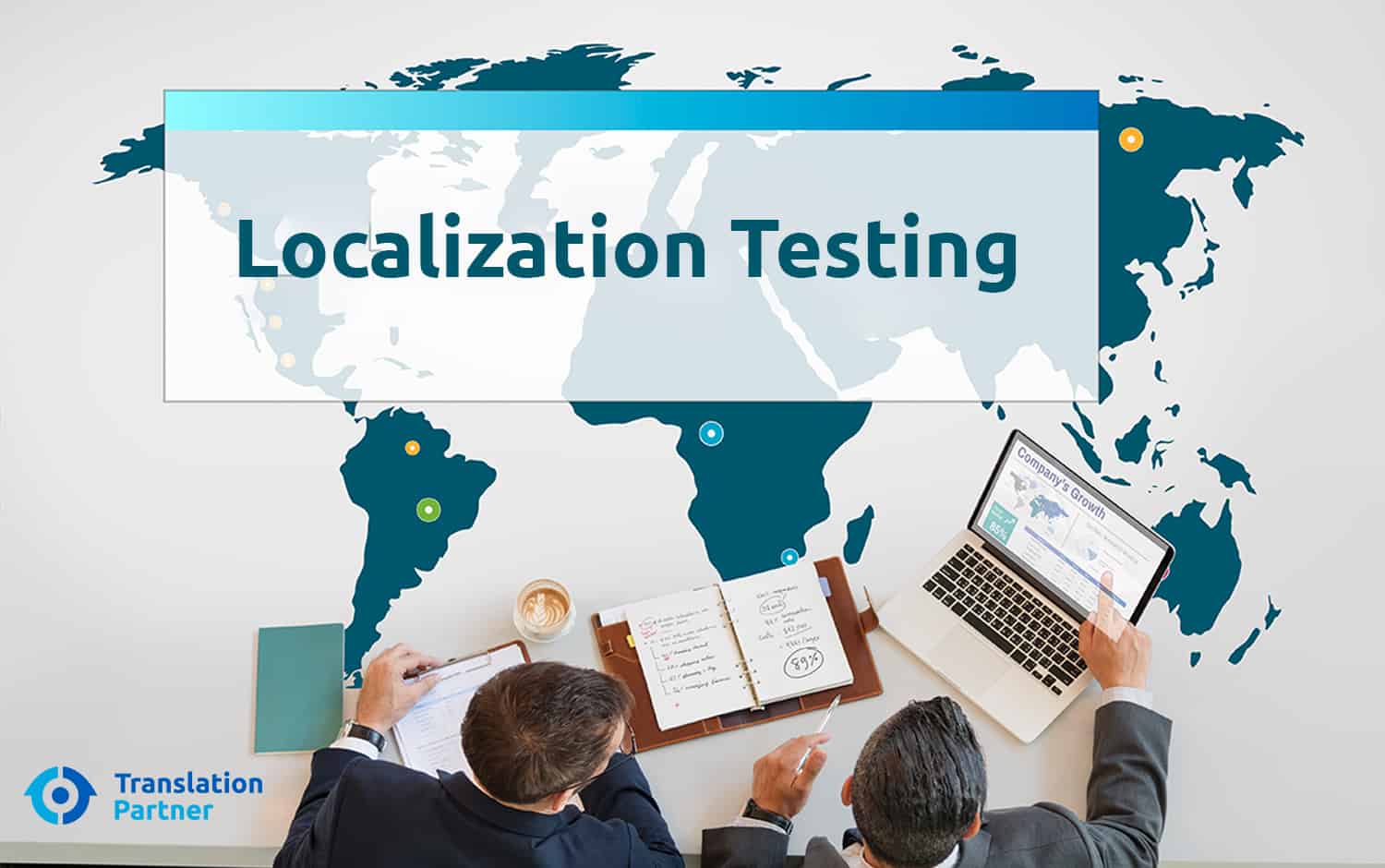All businesses today are expanding their reach beyond local markets and targeting international audiences. One crucial aspect of reaching global customers is website localization.
Website localization involves adapting a website’s content, design, and functionality to suit the cultural, linguistic, and regional preferences of a specific target audience.
However, the process of website localization doesn’t end with translation and adaptation; it also requires thorough testing to ensure a seamless user experience.
This article dives into the importance of website localization testing and explores the key aspects involved in the process.
What is Website Localization?
Website localization is the process of adapting a website’s content, design, and functionality to suit the cultural, linguistic, and regional preferences of target audiences in different countries or regions. The objective is to create an optimized user experience that feels local to each market, resonating with users and enabling them to engage effectively with the website.

What is Website Localization Testing?
Website localization testing is the systematic evaluation and validation of a localized website to ensure its functionality, linguistic accuracy, and cultural appropriateness.
It involves conducting a series of tests to identify and rectify issues that may arise during the localization process. These tests focus on verifying language accuracy, functional integrity, and user experience across different devices, browsers, and operating systems.
The Importance of Localization Testing

– Cultural Adaptation:
Localization testing ensures that the website accurately reflects the cultural nuances and customs of the target audience. It involves assessing elements such as images, symbols, colors, and text to ensure they align with the cultural sensitivities of the target market.
By conducting cultural adaptation testing, businesses can avoid potential misunderstandings, offensive content, or inappropriate visuals that could harm their brand reputation.
– Linguistic Accuracy:
Localization testing verifies the accuracy of translated content, including text, labels, menus, and user interface elements.
It ensures that the translated text is grammatically correct, contextually appropriate, and effectively conveys the intended message. Linguistic accuracy is crucial for building trust with international users and providing them with a positive user experience.
– Functional Compatibility:
Websites often rely on various functionalities, such as forms, search features, shopping carts, and payment gateways.
Localization testing checks the functionality of these elements to ensure they work seamlessly in the localized version. It involves validating date and time formats, currency conversions, address formats, and any other functionalities specific to the target market.
– User Interface (UI) and User Experience (UX):
Localization testing evaluates the overall UI and UX of the localized website.
It focuses on factors like layout, navigation, responsiveness, and usability. By conducting UI and UX testing, businesses can identify any issues related to design inconsistencies, broken links, distorted layouts, or poor user flow.
This ensures that international users can easily navigate the website, find relevant information, and accomplish their goals effectively.
Key Aspects of Website Localization Testing

– Content Validation:
This involves reviewing the translated content for accuracy, consistency, and clarity. It includes verifying the correct usage of terminology, maintaining a consistent tone of voice, and ensuring that the localized content adheres to the brand guidelines.
– Functional Testing:
This aspect focuses on thoroughly testing the functional aspects of the localized website. It involves checking form submissions, validating e-commerce functionalities, testing search functionality, and verifying the integration of third-party services or APIs.
– Compatibility Testing:
Compatibility testing ensures that the localized website performs optimally across different devices, browsers, and operating systems. It involves testing responsiveness, checking browser compatibility, and verifying the website’s performance on various screen sizes and resolutions.
– Localization-Specific Testing:
This involves testing elements specific to the target market, such as date and time formats, number formats, address formats, and local regulatory compliance. It ensures that the website meets the specific requirements and expectations of the target audience.
– Usability Testing:
Usability testing focuses on evaluating the ease of use and overall user experience of the localized website. It involves conducting user testing sessions, gathering feedback, and analyzing user behavior to identify any pain points or areas that need improvement.
Best Practices for Website Localization Testing:

* Start Testing Early:
Begin the localization testing process as early as possible to address issues before they become more complex and costly to fix.
* Involve Native Speakers:
Engage native speakers of the target language and culture to provide valuable insights and ensure linguistic accuracy and cultural appropriateness.
* Embrace Localization Testing Tools:
Utilize automated testing tools and localization management platforms to streamline the testing process, ensure consistency, and improve efficiency.
* Conduct User Acceptance Testing (UAT):
Involve representative users from the target market to perform UAT and gather real-world feedback on the localized website’s usability and functionality.
* Monitor Performance:
Continuously monitor the performance of the localized website after its launch to identify any post-release issues and promptly address them.
Conclusion:
Website localization testing is an integral part of the website localization process. By conducting thorough testing, businesses can ensure that their localized websites provide a seamless user experience, accurately reflect the target audience’s culture and language, and drive engagement and conversions. From linguistic accuracy and cultural adaptation to functional compatibility and usability, each aspect of website localization testing contributes to creating a successful global online presence. By embracing best practices and investing in robust testing methodologies, businesses can confidently connect with international audiences and unlock the full potential of their global expansion efforts.
If you looking for or are interested in website localization testing, TranslationPartner Co. has a professional team for it. If you want to get a free quote, feel free and contact us now.

